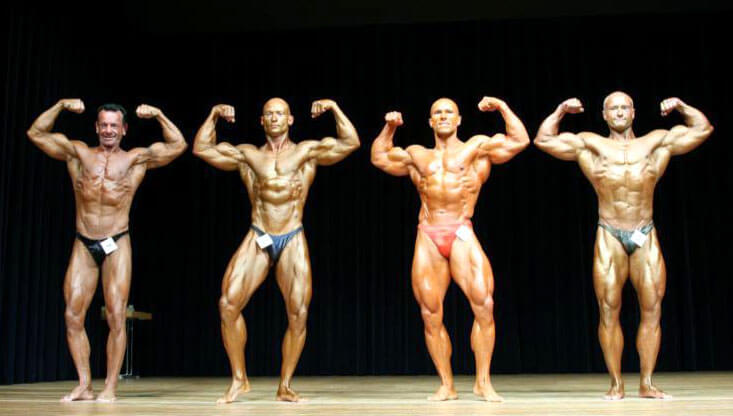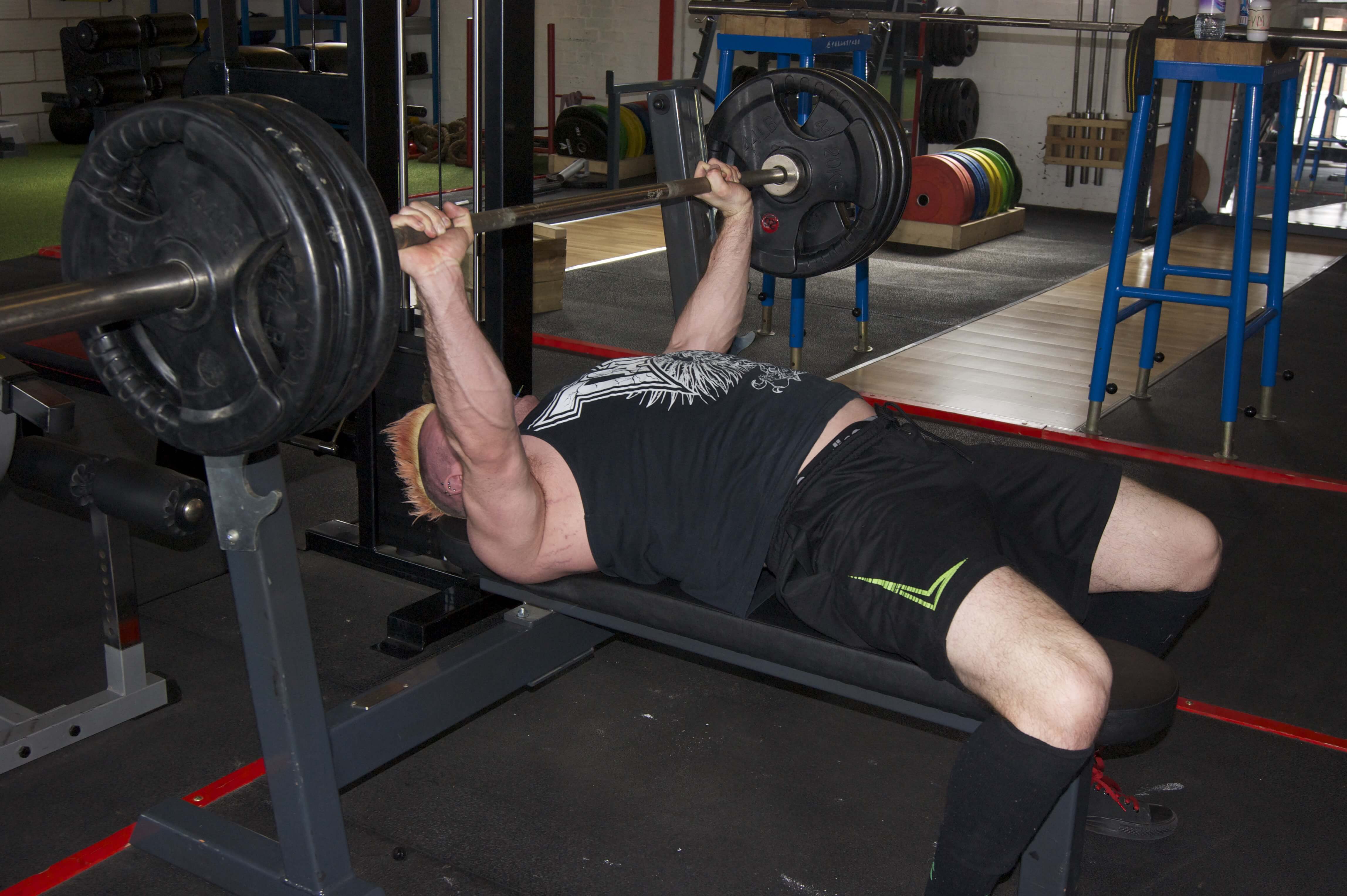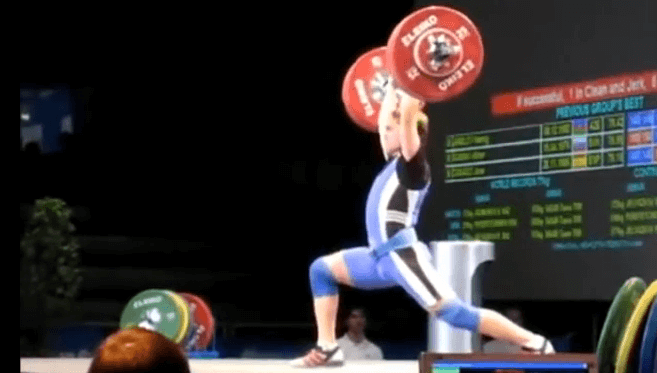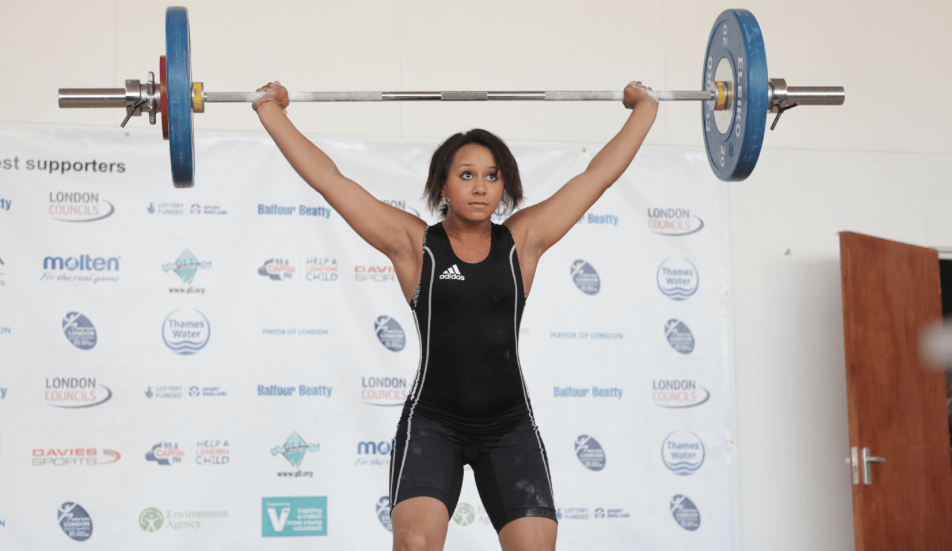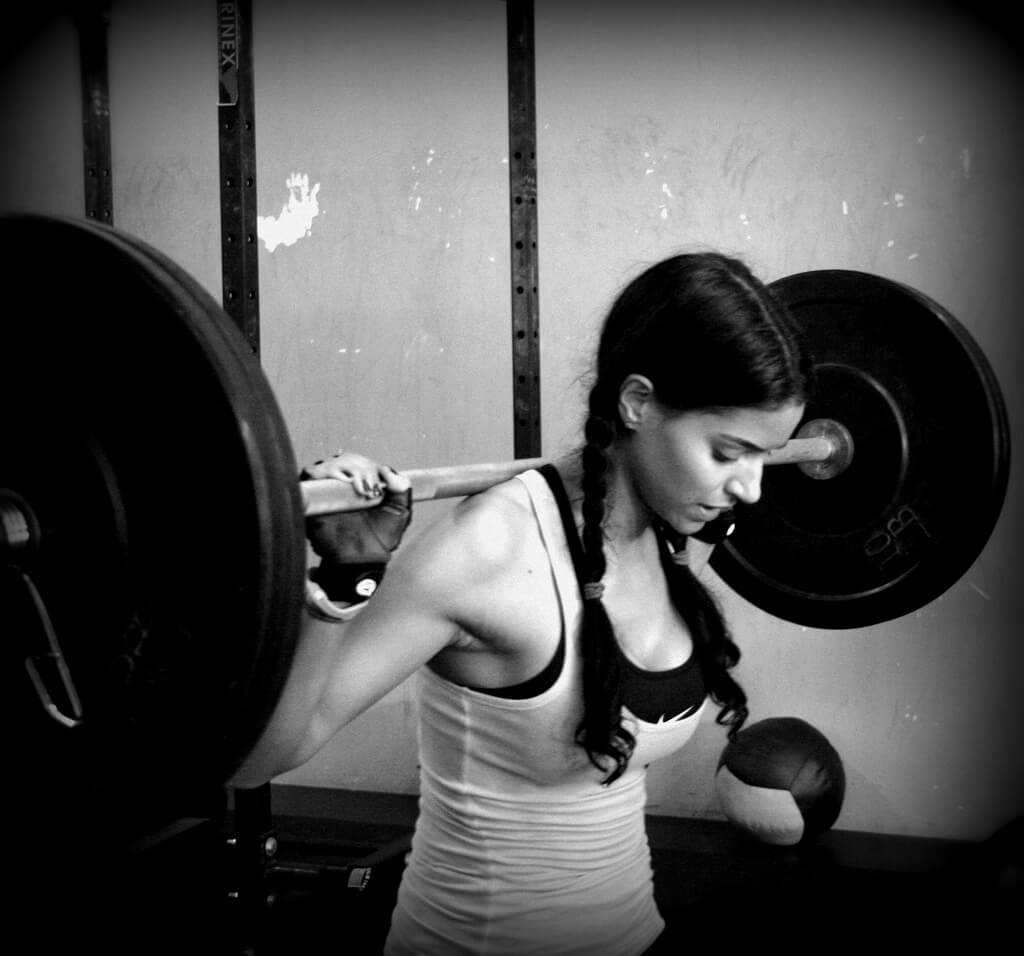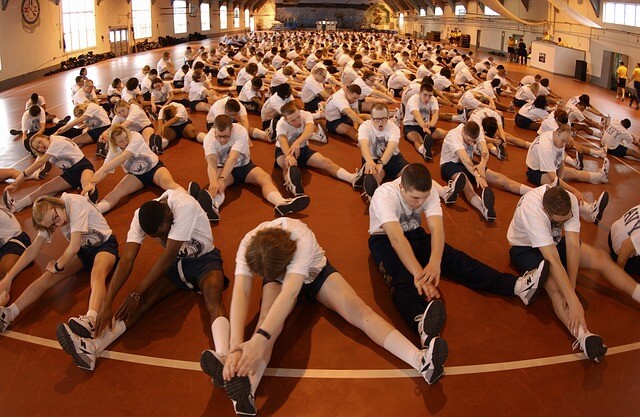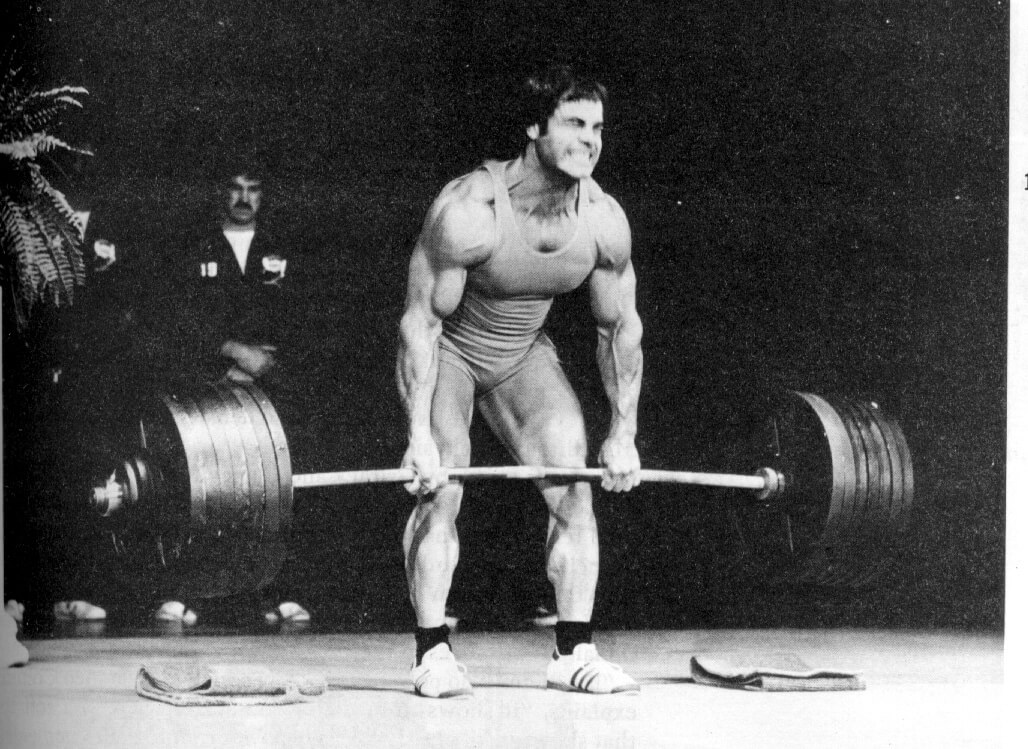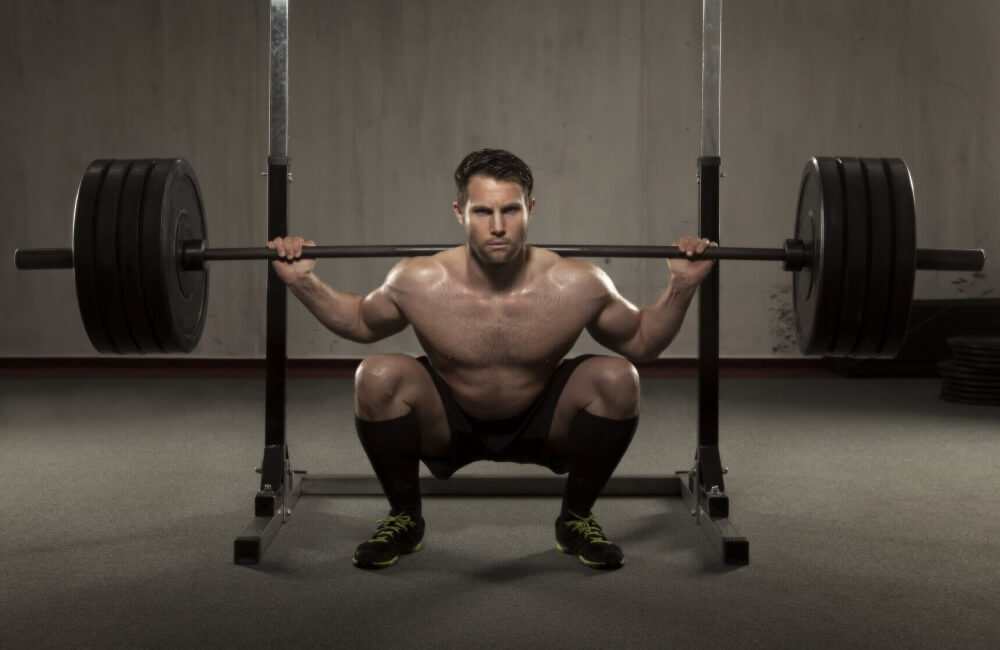
The Complete Strength Training Guide
What does it take to reach your strength potential? And what do the steps to do so look like? I couldn’t find a complete, accessible overview anywhere, so I decided to make it myself. This complete strength training guide will be the anchor for the website. It’s a comprehensive framework, meant to get you caught up and ready to absorb the rest of the information on this site. Be aware that a more nuts-and-bolts guide is coming

